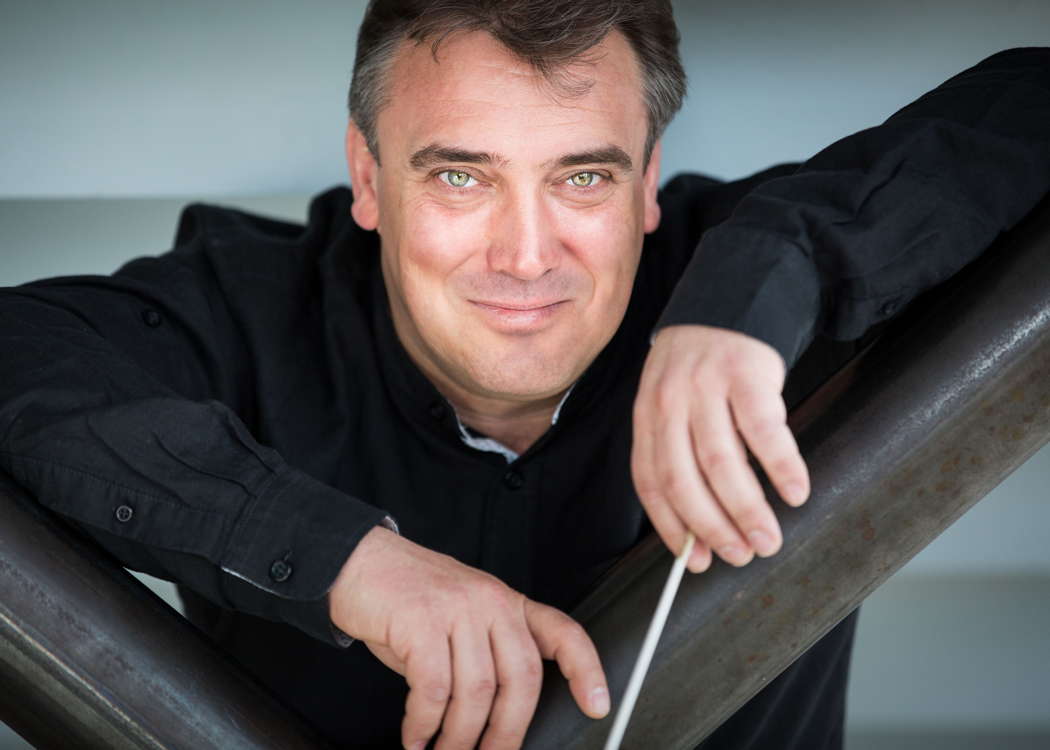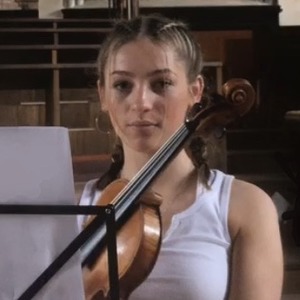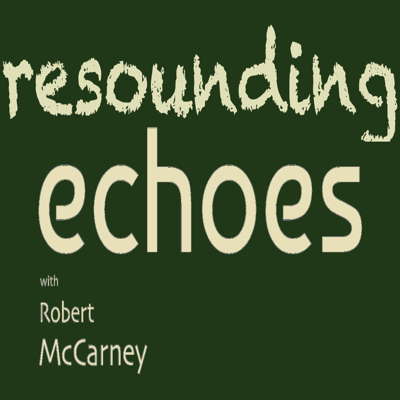- Profil Medien GmbH
- Evgenij Onegin
- John Blithman
- Cecelia Bruggemeyer
- David Ying
- Howard Skempton: Orpheus with his Lute
- Magnus Johnston
- Felicity Buckland
Youthful Rebellion
MIKE WHEELER is impressed by
the National Youth Orchestra of Great Britain
There was more than a whiff of youthful rebellion about the National Youth Orchestra of Great Britain's winter concert tour this year, with Spanish conductor Jaime Martín - Royal Concert Hall, Nottingham, UK 6 January 2020. Violinist Ella Fraser's spoken introduction movingly made a clear link between the concerns prompting the three works on the programme with those of today.
She spoke following the first piece, for which the NYO became a choir. Hanns Eisler's Auf den Strasse zu Singen (To be sung on the streets), of 1928, for chorus with obbligato side-drum, is a robust, invigorating piece of agitprop. The title is a pun on that of Schubert's song 'Auf dem Wasser zu Singen' (To be sung on the water), which, oddly, no-one at NYO seems to have picked up on. The NYO players, singing Martin Pickard's English translation, responded to its defiant energy with increasing confidence, impressive in both their blend and their response to changing dynamic levels.

Online publicity for the National Youth Orchestra of Great Britain's 2020 winter concert tour
The hammer blows that launch Britten's Sinfonia da Requiem were particularly fierce in this performance. The tentatively climbing cello theme and stalking bass line were charged with a combined feeling of weary dragging and apprehension, while not losing sight of the music's forward movement. The second movement crackled with fury, the tuba line full of menace beneath fidgety, nervy strings and woodwind. I don't think I've ever before heard the fragmentation at the end of the movement delivered with such biting, sarcastic mockery. So the warmth and humanity that gradually spread through the finale was more than usually welcome, the recurring chant-like cadence-figure sounding both detached and tentatively consoling.

Spanish conductor and flautist Jaime Martín. Photo © Chris Dunlop
Shostakovich's Symphony No 11 ostensibly commemorates the failed Russian revolution of 1905 and its brutal put-down. Often described as 'cinematic', it could claim to be his most Mahlerian symphony, with its huge expressive range, graphic narrative, and material drawn largely from nineteenth-century Russian revolutionary songs. Four of these were sung by the orchestra, one before each of the first two movements and the last, with the fourth at the end as a profoundly meaningful encore.

Young violinist Ella Fraser from Glasgow, who introduced
the 6 January 2020 concert in Nottingham
The glacial stillness at the beginning is one of the most eerie symphonic openings in the repertoire, with its icy string tone, ominous timpani, and edgy distant fanfares. In the NYO's hands it was grippingly vivid, as was the steady build-up to the restless climax.
In the second movement, that restlessness boiled over into strident protest, the ebb and flow of tension finely controlled, and the violent second half of the movement a powerhouse of lacerating anger. The moment when it all stopped dead, leaving just a lamenting trumpet solo, was numbing in its impact.
There was a palpable sense of shock in the pizzicato cello and bass line at the start of the third movement, preparing for the rest of the orchestra to take up its threnody to the victims of the violence. The climax was eloquently expansive, with suggestions of a funeral march brought out just enough to make the point without labouring it.
The rallying cry that is the fourth movement got just the kind of incisive playing it needs, not shying away from a strident tone where required, with strings really digging in. Again, an abrupt change of mood, returning us to the first movement's atmosphere, pulled us up short, the following cor anglais solo movingly plangent. As the energy levels picked up again for the final section, the bells (the 'Tocsin' of the movement's title) were properly clamorous.
The symphony as a whole does feel a little too long. But as always, these kids played their socks off, with a conviction that carried all before it. They signed off with the song that underpins the third movement, which they ended humming. It was the only possible encore.
Copyright © 17 January 2020
Mike Wheeler,
Derby UK

FURTHER INFORMATION: HANNS EISLER
FURTHER INFORMATION: BENJAMIN BRITTEN
FURTHER INFORMATION: DMITRI SHOSTAKOVICH




